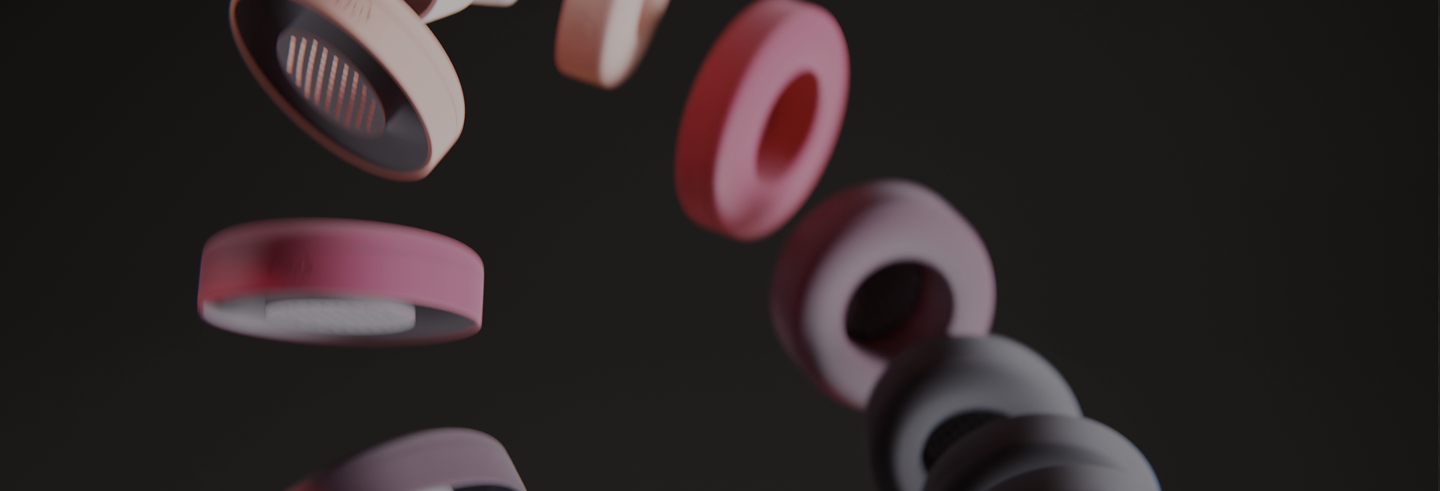Foam vs Rubber – How to Really Cancel Noise in Your Headphones
Whether you want to enjoy your music without distraction or you are trying to shut out the noise from the outside world so you can study, meditate, or just relax, noise cancellation is an important function of any pair of headphones.
But if you truly want to really cancel noise in your headphones, you need to do your research and look for the right set of headphones. Just looking for a pair of headphones that advertise noise cancellation is not enough. You have to make sure it’s built with the right technology and the right materials.

So how do you know if a pair of headphones is built with the right tech and the right material to cancel noise? Read this short article to get the key factors you want to consider when you’re shopping for the perfect pair of noise cancellation headphones.
How Noise Cancellation Works
Noise cancellation is partly a matter of technology and partly a matter of the material and design. In this article, we’re mostly going to be focusing on the second of the two but first let’s talk a little bit about the technology.

There are two terms you are going to see often as you shop around for noise cancelling headphones: noise cancellation and sound isolation. These are similar but different things. Sound isolation is the ability of a headphone to physically block out noise by using insulating materials.
Noise cancellation, on the other hand, is an actual technological feature built into the speakers themselves. Basically, noise cancellation works by enabling the headphones to “listen” to the noise that is outside. Once it registers the outside noise, it will play an inverted version of that sound.
When your ears hear both the outside noise and the inverted version of that noise, the two sounds cancel each other out, creating the effect of silence. That’s where the “cancellation” part of noise cancellation comes in.

But even with the best noise cancellation technology, you still need the right sound isolating materials to get the maximum possible noise cancelling effects. There is some debate about what the best material for sound isolation is but it usually comes down to either foam or rubber.
So let’s now take a closer look at the pros and cons of both foam and rubber as noise cancelling materials so that you can be better informed as you shop around for your new noise cancelling headphones.
The Pros And Cons of Foam For Canceling Noise in Your Headphones
Foam is a very common material to see in headphone cushions. And there is good reason for it. With the right quality foam (especially memory foam), you can see some great benefits, including:

- Comfort - Foam is softer and lighter so you can have a headphone cushion that doesn’t weigh down on your ears so much. It is generally more comfortable than rubber.
- Form fitting - Foam is best at blocking out noise when it can effectively form to the shape of your ear. This is why memory foam is highly recommended. It is the perfect balance of firm yet comfortable and it is able to mold perfectly to the shape of your ear. This creates a sort of seal that physically prevents noise from leaking in or out of your headphone.
- Insulation - In addition to creating a sort of seal by form fitting to your ear, quality foam also acts as an insulating material to block outside noise from getting in and prevent your music from leaking out.
These are great benefits but there is some trade off. Here are some of the cons of foam:

- More expensive - Cheap foam does not offer the full level of benefits that we mentioned above. You really need to go for the higher end models with quality foam in order to enjoy the maximum noise cancellation and comfort that foam can offer.
- Shorter life span - Even with proper care, foam will wear out more quickly than rubber will. However, it is also easy (and affordable) to replace foam headphone cushions so this is not a deal breaker.
Overall, foam is a great option for cancelling noise while still managing to have a comfortable and well-fitting headphone.
The Pros And Cons of Rubber For Canceling Noise in Your Headphones
Some people swear by rubber and it does have its advantages. Some of the benefits of rubber include:

- Long life span - In general, rubber is a more durable material that will resist wear a lot better than foam will. So you won’t need to replace them as often.
- Cheaper - Rubber headphones tend to be cheaper than foam headphones. There are expensive rubber headphones but if you are on a very tight budget, you would be better off buying a cheap pair of rubber headphones than you would a cheap pair of foam headphones.
- Secure fit - Rubber can grip well and create a seal to help block out noise even if it is a cheaper option.
Basically, rubber is the more cost-effective option. However, it is far from perfect. The biggest drawback is that is simply not as effective as a high quality foam. So overall it offers less sound isolation. That’s because rubber doesn’t insulate as well as a quality foam will. So while it can create a seal, noise can still come through and music from your headphones will still leak out.
Final Word
Make sure you get the most for your hard earned cash by looking for headphones that are actually built with quality material and technology so that they actually can cancel out noise.

As you can see, there are pros and cons for both foam and rubber so the material that works best for you depends on your personal priorities and needs.
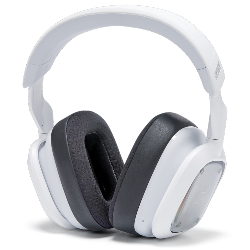 A30
A30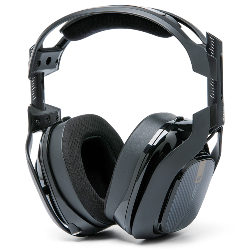 A40 TR
A40 TR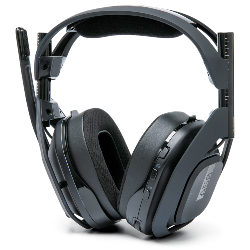 A50 Gen 4, 5, A50X
A50 Gen 4, 5, A50X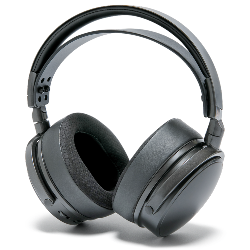 Maxwell
Maxwell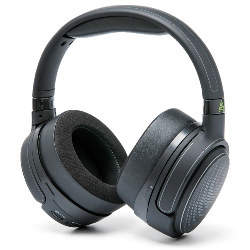 Penrose & Mobius
Penrose & Mobius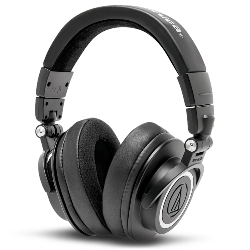 M Series
M Series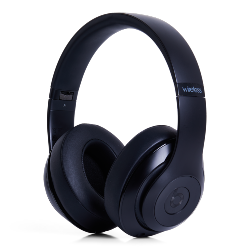 Beats Studio
Beats Studio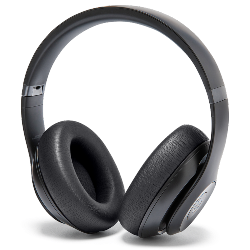 Beats Studio Pro
Beats Studio Pro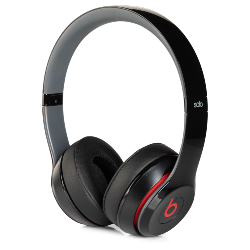 Beats Solo 2 & 3
Beats Solo 2 & 3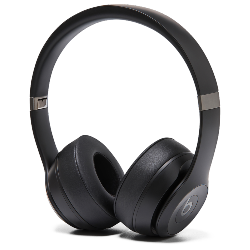 Beats Solo 4
Beats Solo 4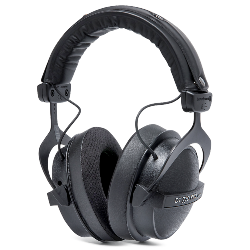 DT Series
DT Series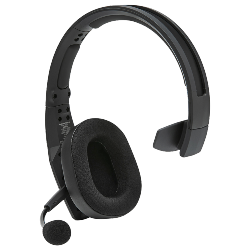 B450
B450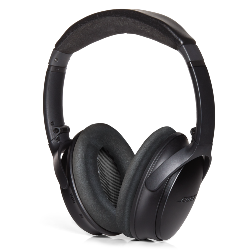 Bose QC 35, 35ii, 25, 15, & More
Bose QC 35, 35ii, 25, 15, & More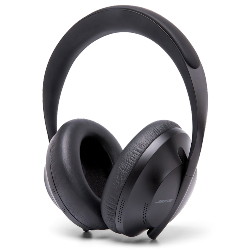 Bose 700
Bose 700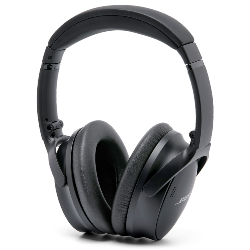 Bose QC 45 & QC 2023
Bose QC 45 & QC 2023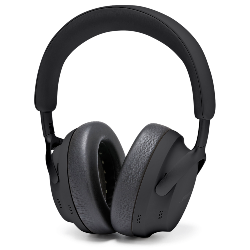 Bose QC Ultra Gen 1 & Gen 2
Bose QC Ultra Gen 1 & Gen 2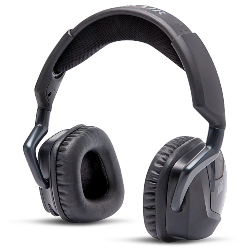 Void Pro
Void Pro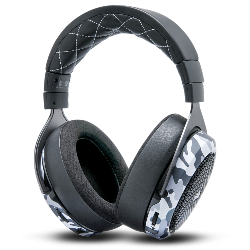 HS 50, 60, and 70
HS 50, 60, and 70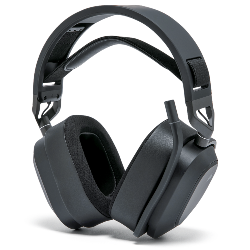 HS 80
HS 80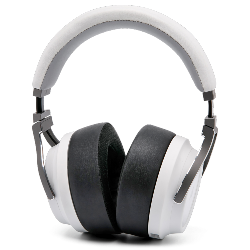 Virtuoso RGB Wireless
Virtuoso RGB Wireless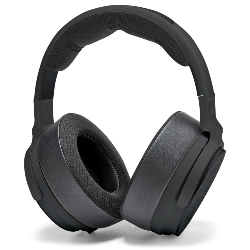 Virtuoso Pro
Virtuoso Pro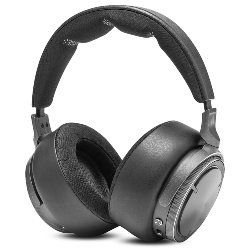 Virtuoso Max
Virtuoso Max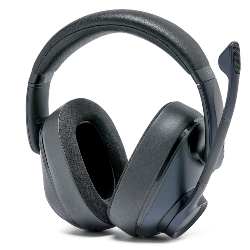 H6 Pro
H6 Pro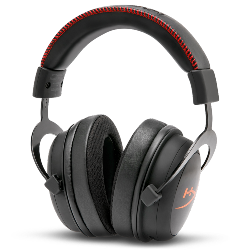 Cloud Models
Cloud Models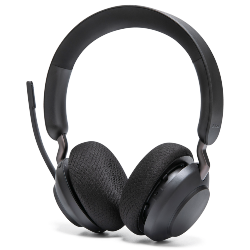 Evolve2 65
Evolve2 65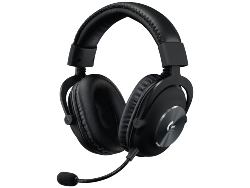 G Pro X Series
G Pro X Series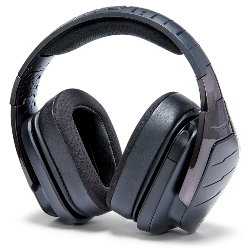 G933, 935, & More
G933, 935, & More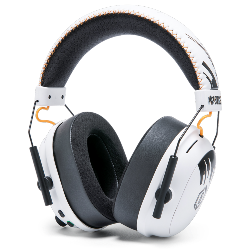 Blackshark V2 Pro (Pre 2023)
Blackshark V2 Pro (Pre 2023)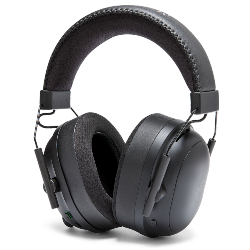 Blackshark V2 Pro 2023
Blackshark V2 Pro 2023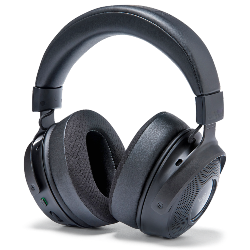 Kraken V3 Pro
Kraken V3 Pro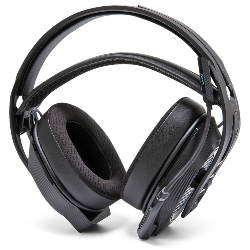 600, 800, & 900 Series
600, 800, & 900 Series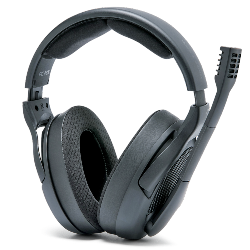 PC38X & More
PC38X & More HD Series
HD Series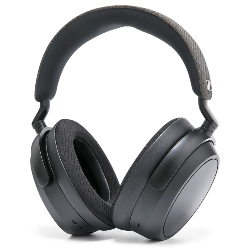 Momentum 4 & HDB 630
Momentum 4 & HDB 630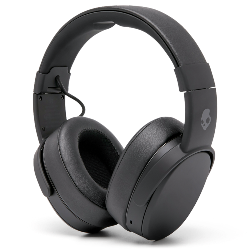 Crusher
Crusher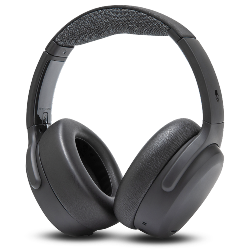 Crusher ANC2
Crusher ANC2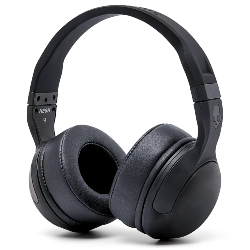 Hesh 2
Hesh 2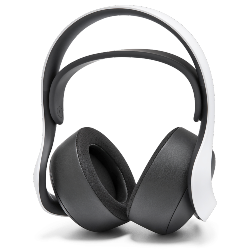 PS5 Pulse Elite
PS5 Pulse Elite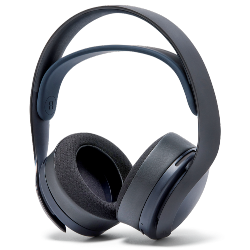 PS5 Pulse 3D
PS5 Pulse 3D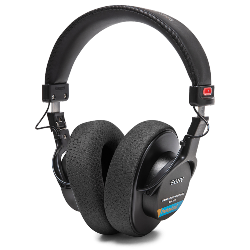 MDR 7506, CD900ST, & V6
MDR 7506, CD900ST, & V6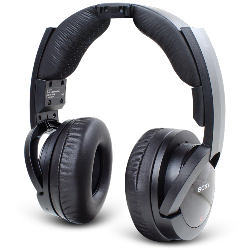 MDR-RF Models
MDR-RF Models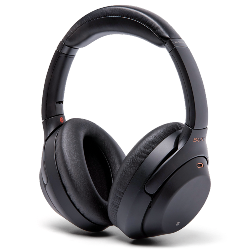 WH1000XM3
WH1000XM3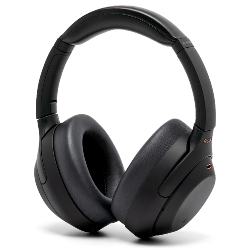 WH1000XM4
WH1000XM4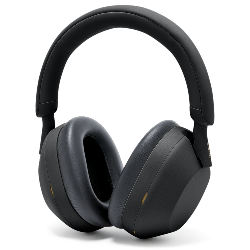 WH1000XM5
WH1000XM5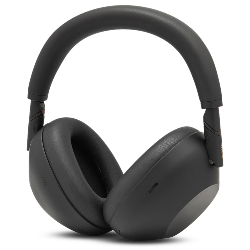 WH1000XM6
WH1000XM6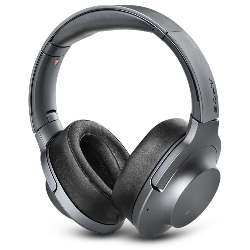 WH900N
WH900N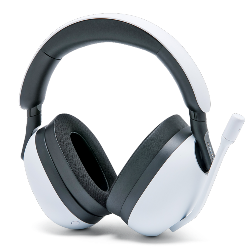 Inzone H9
Inzone H9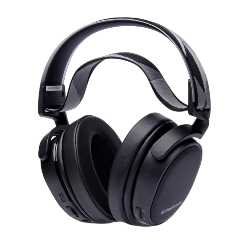 Old Arctis
Old Arctis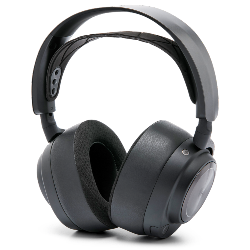 Arctis Nova Pro Wireless & Nova Elite
Arctis Nova Pro Wireless & Nova Elite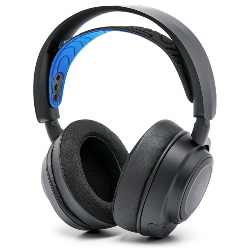 Arctis Nova Line (PRO Wired, 1, 3, 7 & More)
Arctis Nova Line (PRO Wired, 1, 3, 7 & More)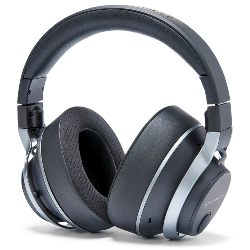 Stealth Pro
Stealth Pro Stealth 700 Gen 2
Stealth 700 Gen 2 Stealth 700 Gen 3
Stealth 700 Gen 3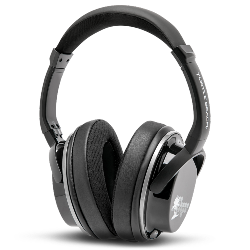 Old Stealth Models
Old Stealth Models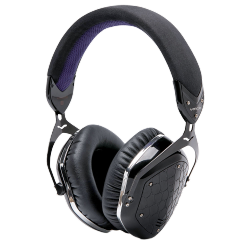 Crossfade Series
Crossfade Series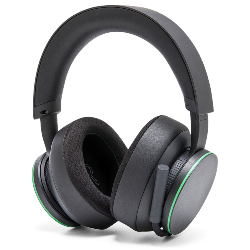 XBOX Wireless
XBOX Wireless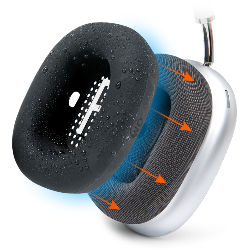 Airpods Max
Airpods Max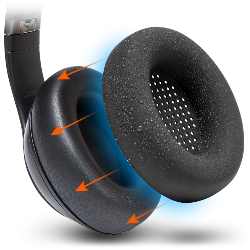 Beats Studio Pro
Beats Studio Pro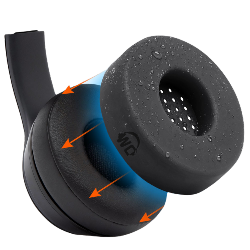 Beats Solo
Beats Solo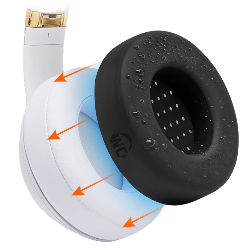 Beats Studio
Beats Studio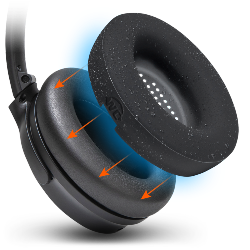 Bose QC25
Bose QC25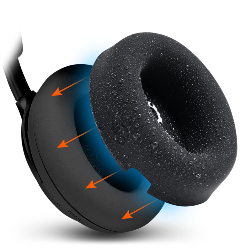 Bose QC Ultra Gen 1 & Gen 2
Bose QC Ultra Gen 1 & Gen 2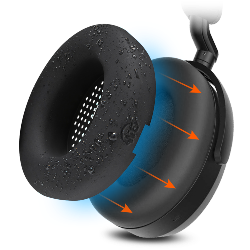 Momentum 4
Momentum 4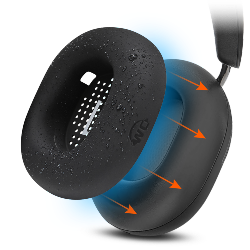 Ace
Ace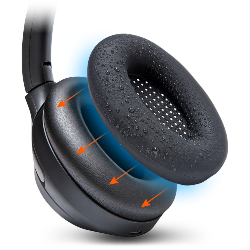 WH1000XM3
WH1000XM3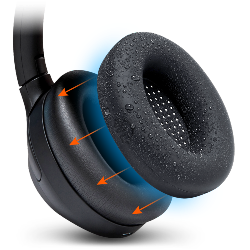 WH1000XM4
WH1000XM4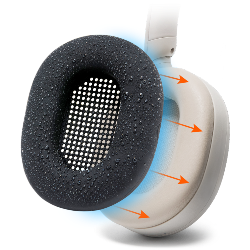 WH1000XM5
WH1000XM5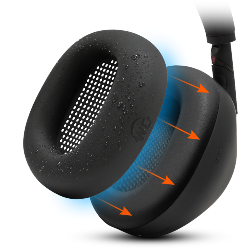 WH1000XM6
WH1000XM6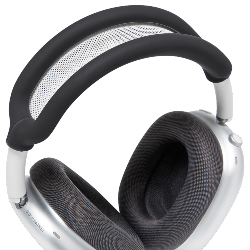 Airpods Max
Airpods Max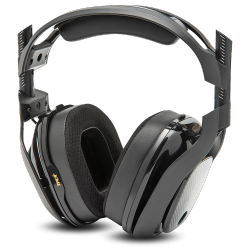 A40
A40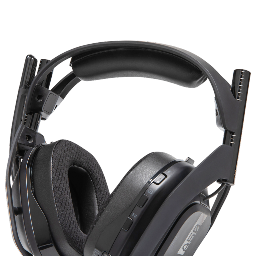 A50
A50 Maxwell
Maxwell ATH M Series
ATH M Series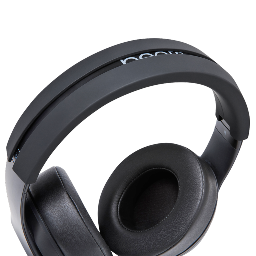 Beats Studio
Beats Studio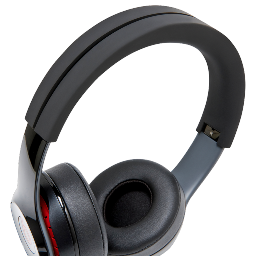 Beats Solo
Beats Solo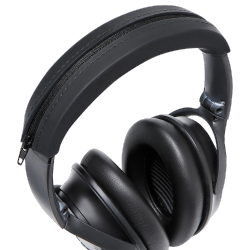 Quietcomfort
Quietcomfort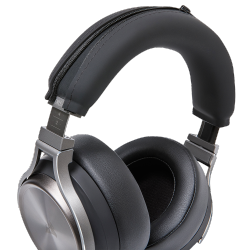 Corsair Virtuoso RGB Wireless
Corsair Virtuoso RGB Wireless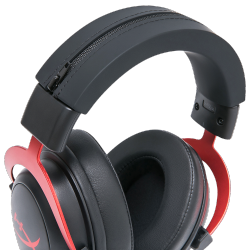 HyperX Cloud
HyperX Cloud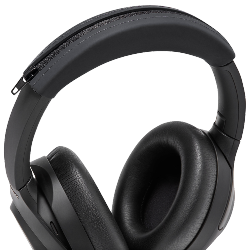 WH1000XM3
WH1000XM3 Arctis Nova Models
Arctis Nova Models Arctis Nova Models
Arctis Nova Models AirPods Pro 1, 2 & 3
AirPods Pro 1, 2 & 3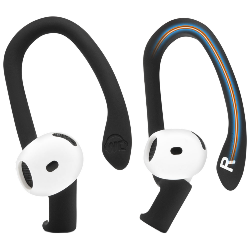 Airpods 4
Airpods 4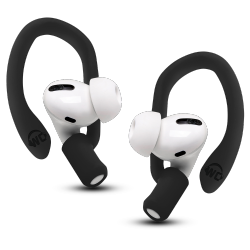 Airpods 1, 2, 3, & Pro 1 & 2
Airpods 1, 2, 3, & Pro 1 & 2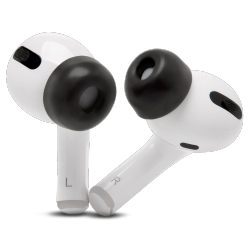 Airpods Pro & Pro 2
Airpods Pro & Pro 2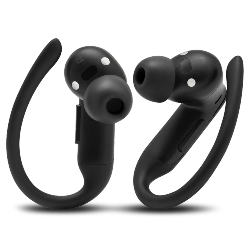 Powerbeats Pro 2
Powerbeats Pro 2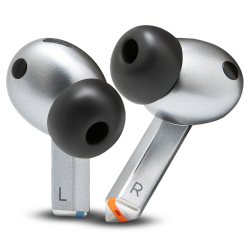 Galaxy Buds 3 Pro
Galaxy Buds 3 Pro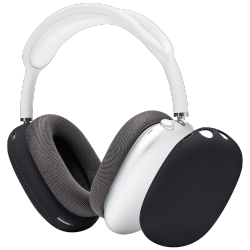 Airpods Max
Airpods Max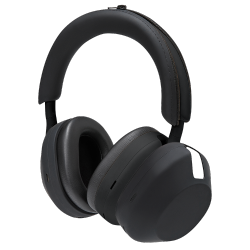 WH1000XM5
WH1000XM5 MousepadZ
MousepadZ
